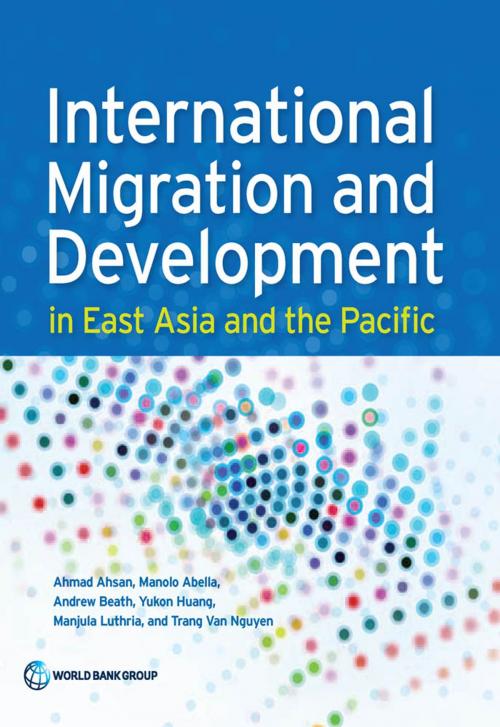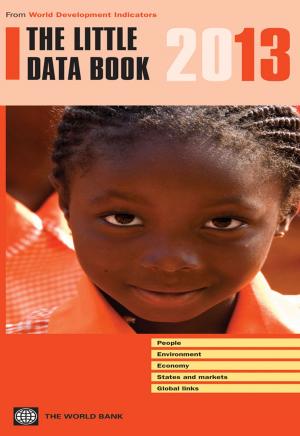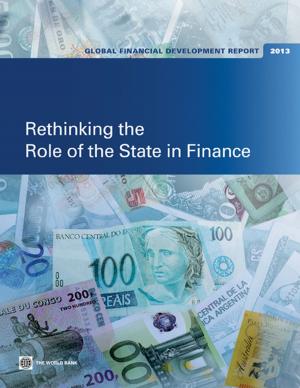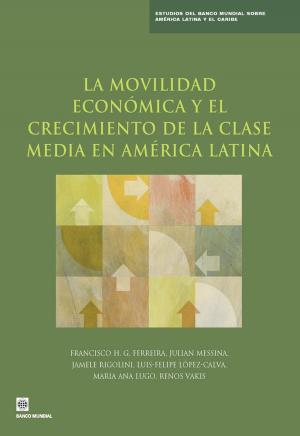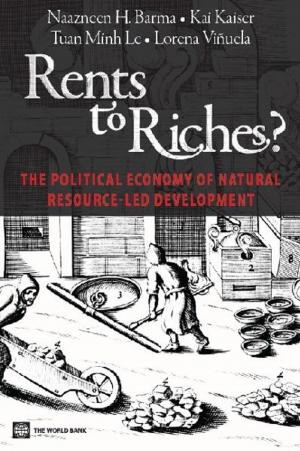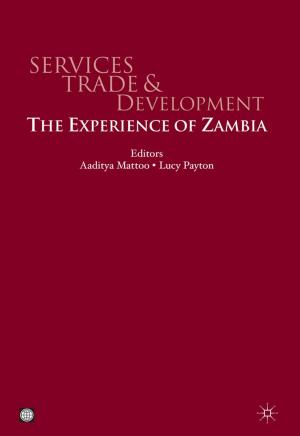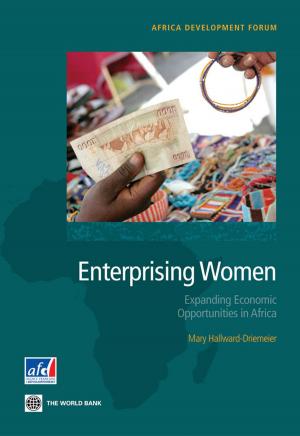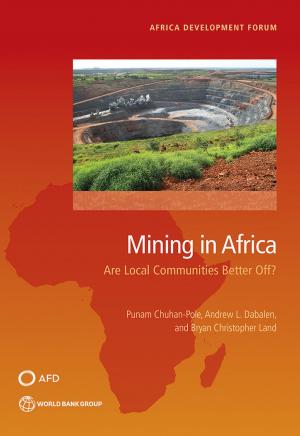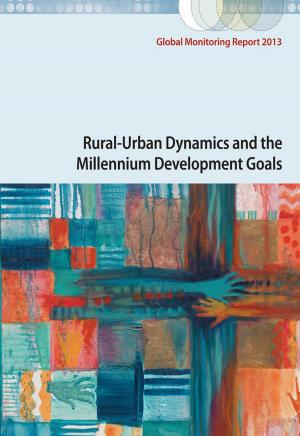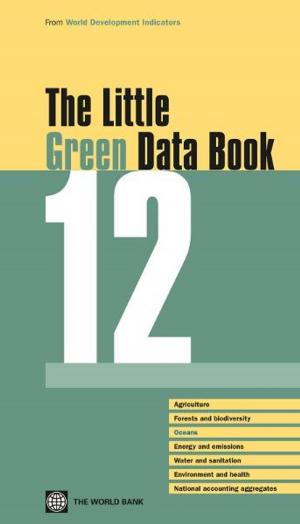International Migration and Development in East Asia and the Pacific
Business & Finance, Career Planning & Job Hunting, Labor, Economics, Economic Development, Nonfiction, Social & Cultural Studies, Social Science, Cultural Studies, Emigration & Immigration| Author: | Ahmad Ahsan, Manolo Abella, Andrew Beath, Yukon Huang, Manjula Luthria, Trang Van Nguyen | ISBN: | 9780821399576 |
| Publisher: | World Bank Publications | Publication: | October 15, 2014 |
| Imprint: | Language: | English |
| Author: | Ahmad Ahsan, Manolo Abella, Andrew Beath, Yukon Huang, Manjula Luthria, Trang Van Nguyen |
| ISBN: | 9780821399576 |
| Publisher: | World Bank Publications |
| Publication: | October 15, 2014 |
| Imprint: | |
| Language: | English |
The East Asia and Pacific (EAP) region has an international emigrant population of more than 21 million people who remitted US$112 billion to their home countries in 2013. The region also hosts more than 7 million migrant workers, mostly from other Asian countries. These migrant workers account for 20 percent or more of the labor force in economies such as Malaysia and Singapore and thus play a significant role in the economies of the labor-receiving countries. An aging population in many East Asian countries will create significant labor shortages, leading to greater demand for migrant workers. For these reasons, international labor mobility is emerging as an important development issue in East Asia, with important implications for reducing poverty and supporting sustainable economic development in the region. In this context, International Migration and Development in East Asia and the Pacific analyzes the impact of migration on development of the EAP region and examines how international migration should be managed in East Asia in a way that supports development goals while simultaneously protecting the rights of migrants. The study covers trends in international migration in East Asia and overarching regional issues such as the links between macroeconomic management and remittances and the role of demographic trends in migration; the economic impact of migration and remittances on labor-sending countries and labor-receiving countries; the migration industry; and the policies and institutions that govern migration. This report shows that in labor-sending countries remittances help reduce poverty significantly by increasing income for migrants families. At the country level, remittances have a significant role in helping finance trade deficits and in bolstering reserves, not only in the small Pacific Island economies but also in large economies such as Vietnam and the Philippines. For labor-receiving countries, such as Malaysia, Singapore, and Hong Kong SAR, China, migrant workers form a significant part of the workforce, especially in labor-intensive manufacturing, construction, plantation agriculture, fishing, and household services. Migrant workers thus help relieve labor shortages, boost output, and maintain competitiveness. The role of migrant workers will become more important in the future given the rapid population aging in many labor-receiving East Asian countries. Given these factors, the key question concerning international migration in East Asia and the Pacific is not whether it is desirable but how it should be managed in the future. International Migration and Development in East Asia and the Pacific discusses a range of policy options in both labor-sending and labor-receiving countries to address this question.
The East Asia and Pacific (EAP) region has an international emigrant population of more than 21 million people who remitted US$112 billion to their home countries in 2013. The region also hosts more than 7 million migrant workers, mostly from other Asian countries. These migrant workers account for 20 percent or more of the labor force in economies such as Malaysia and Singapore and thus play a significant role in the economies of the labor-receiving countries. An aging population in many East Asian countries will create significant labor shortages, leading to greater demand for migrant workers. For these reasons, international labor mobility is emerging as an important development issue in East Asia, with important implications for reducing poverty and supporting sustainable economic development in the region. In this context, International Migration and Development in East Asia and the Pacific analyzes the impact of migration on development of the EAP region and examines how international migration should be managed in East Asia in a way that supports development goals while simultaneously protecting the rights of migrants. The study covers trends in international migration in East Asia and overarching regional issues such as the links between macroeconomic management and remittances and the role of demographic trends in migration; the economic impact of migration and remittances on labor-sending countries and labor-receiving countries; the migration industry; and the policies and institutions that govern migration. This report shows that in labor-sending countries remittances help reduce poverty significantly by increasing income for migrants families. At the country level, remittances have a significant role in helping finance trade deficits and in bolstering reserves, not only in the small Pacific Island economies but also in large economies such as Vietnam and the Philippines. For labor-receiving countries, such as Malaysia, Singapore, and Hong Kong SAR, China, migrant workers form a significant part of the workforce, especially in labor-intensive manufacturing, construction, plantation agriculture, fishing, and household services. Migrant workers thus help relieve labor shortages, boost output, and maintain competitiveness. The role of migrant workers will become more important in the future given the rapid population aging in many labor-receiving East Asian countries. Given these factors, the key question concerning international migration in East Asia and the Pacific is not whether it is desirable but how it should be managed in the future. International Migration and Development in East Asia and the Pacific discusses a range of policy options in both labor-sending and labor-receiving countries to address this question.
